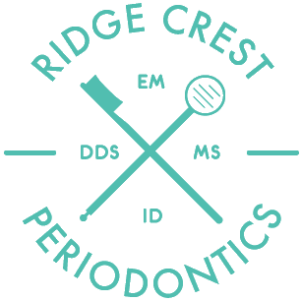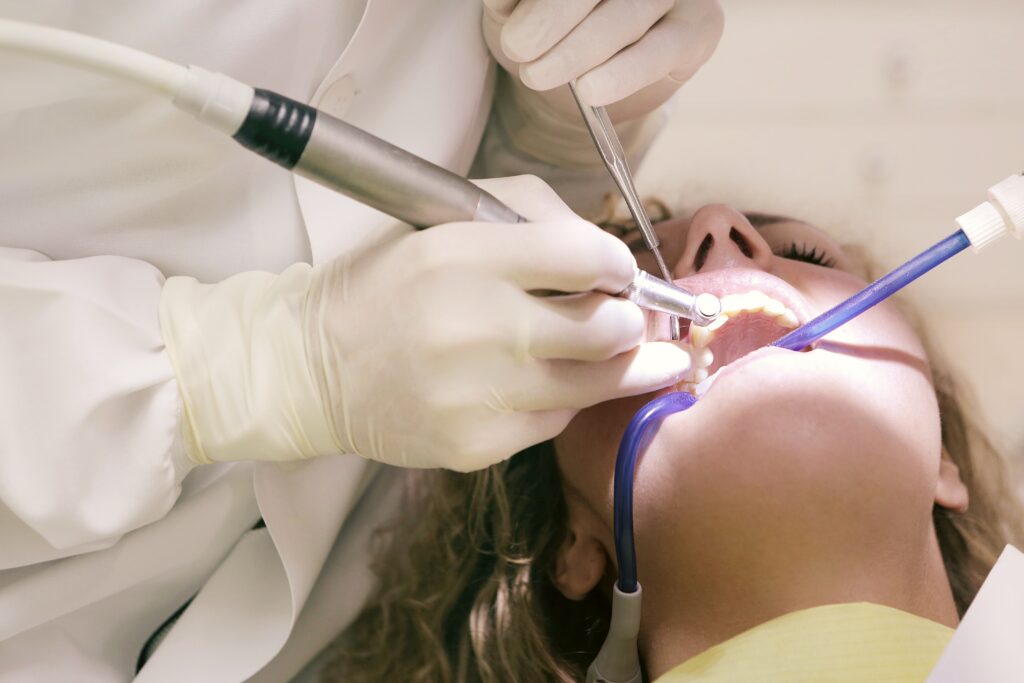Periodontal disease is the most common oral disease in adults over 30 in the United States. The gum disease is so severe that it can result in teeth loss and lead to having to be fitted for dentures, among other issues.
This disease affects the gums and, as it progresses, goes down into the jawbone. Periodontal disease comes about as a result of poor oral hygiene. Gum disease begins when plaque accumulates and hardens around the teeth.
Because it can become progressively severe further down the dental stages, treating it before it deteriorates is crucial. However, you need to understand the four different stages as you seek treatment.
Stage 1: Gingivitis
At this point of early-stage gum disease, there are few symptoms as plaque is just building up on the teeth. It is easy to overlook this part as it is mostly painless, but it is crucial to stop the downward spiral with good dental health as periodontal gum disease can be reversed at this point by killing harmful bacteria.
In the early stages of gingivitis, the few indicators you may come across include redness and swelling of the gum, bad breath on a few occasions, and sometimes bleeding whenever brushing or flossing.
With good dental health practices such as brushing teeth twice a day, it is easy to reverse gingivitis and even recover healthy gums with the help of the occasional visit to your dentist.
Stage 2: Early Periodontitis
How quickly does gum disease progress? If gingivitis is not treated, it will go into this period within two or three weeks. The symptoms of periodontal disease include gum tissue that is tender to the touch as they are inflamed. The gum may also turn a paler shade than the surrounding areas as blood supply reduces.
Other indicators of gum health at this stage include increased redness, swollen or bleeding gums, halitosis, and gums that bleed when brushing and flossing.
The plaque buildup will begin hardening on the teeth to form a more challenging and increasingly damaging material known as tartar. The tartar plus the bacteria causing the condition are risk factors for receding gums and teeth as they evolve and become more aggressive, resulting in loss of the supporting bone.
Regular dental visits and teeth cleaning should help stop you from experiencing tooth loss and improve oral health.
Stage 3: Moderate Periodontitis
This period, like the previous one, is not reversible. Advanced stages will see gums pull away from your teeth and expose previously hidden enamel. This enamel is very easy to damage and causes it to start decaying.
The teeth will also start to loosen, become wobbly, and sometimes even move position. A white discharge from the mouth may also have an unpleasant taste. This discharge is one of the warning signs that bacterial infection has set in, and the teeth are now at risk.
Treatment for periods two and three consists of professional cleaning such as scaling and root planing the teeth and gums. These methods are meant to remove bacterial deposits embedded deep in the gums.
Stage 4: Advanced Periodontal Disease
When the disease moves beyond stage three, the harmful bacteria infection will burrow deeper into the gums and increases the risk of bone loss to 90%. Symptoms include oozing pus, sensitivity to cold, extended loosening of teeth, severe halitosis, and painful chewing.
If left untreated at this advanced stage, the disease will cause painful periods of gum recession, large spaces between teeth where teeth fit together previously, and the patient even needing dentures.
Dealing with advanced periodontal status can be a painful and costly affair as your immune system won’t handle it on its own. Treatment options include surgery to deal with the problem for good. Even then, the damage caused may be too severe to repair.
Get hold of Ridge Crest Dental Implants & Periodontist before the worst happens. Would you like to get help getting started? Simply get in touch with us.



